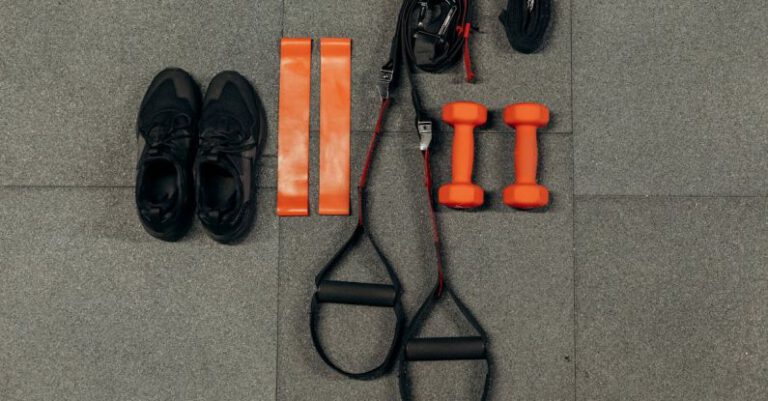
Achieving a balance between training and rest is crucial for anyone aiming to improve their physical performance and overall well-being. While consistent training is essential for progress, adequate rest and recovery are equally important to prevent burnout, injury, and mental fatigue. Finding the right equilibrium between pushing yourself during workouts and allowing your body the time it needs to recover is key to sustaining long-term success in your fitness journey.
The Importance of Rest and Recovery
Rest and recovery are often underestimated components of a training routine, yet they play a significant role in achieving optimal performance. During physical activity, our muscles undergo stress and micro-tears, leading to fatigue and soreness. Without sufficient rest, these muscles are unable to repair and rebuild, potentially resulting in overtraining and decreased performance.
Rest and recovery also extend beyond the physical aspect to include mental and emotional well-being. Continuous training without breaks can lead to burnout, decreased motivation, and increased risk of injury. By incorporating rest days into your routine, you give your body and mind the opportunity to recharge and come back stronger for the next workout.
Recognizing the Signs of Overtraining
Overtraining is a common pitfall for many individuals who are eager to see quick results and progress in their fitness endeavors. However, pushing yourself too hard without allowing for adequate rest can have detrimental effects on your body and performance. It is essential to listen to your body and recognize the signs of overtraining to avoid long-term consequences.
Symptoms of overtraining may include persistent fatigue, decreased performance, irritability, disrupted sleep patterns, and an increased susceptibility to illness. If you notice any of these signs, it is crucial to take a step back, reassess your training regimen, and prioritize rest and recovery to prevent further complications.
Strategies for Balancing Training and Recovery
Achieving a harmonious balance between training and recovery requires a strategic approach tailored to your individual needs and goals. By implementing the following strategies, you can optimize your training routine while ensuring adequate rest and recovery:
Listen to Your Body: Pay attention to how your body responds to training sessions. If you are feeling excessively fatigued, sore, or unmotivated, it may be a sign that you need to incorporate more rest into your routine.
Prioritize Sleep: Quality sleep is essential for physical recovery and overall well-being. Aim for 7-9 hours of uninterrupted sleep each night to allow your body to repair and rejuvenate.
Include Active Recovery: Incorporate low-intensity activities such as yoga, stretching, or light cardio on rest days to promote blood flow, reduce muscle soreness, and enhance recovery.
Nutrition and Hydration: Fuel your body with nutrient-dense foods and stay hydrated to support muscle recovery and energy levels. Consuming an adequate amount of protein, carbohydrates, and healthy fats is essential for optimal performance.
Periodization: Implement a structured training plan that includes periods of intense workouts followed by lighter training sessions or rest days. Periodization helps prevent overtraining and allows for proper recovery between training cycles.
Take Rest Days Seriously: Embrace rest days as an integral part of your training routine rather than viewing them as a setback. Use this time to relax, engage in activities you enjoy, and allow your body to recover fully.
Conclusion
Balancing training with rest and recovery is a fundamental aspect of any successful fitness journey. By listening to your body, recognizing the signs of overtraining, and implementing strategic recovery strategies, you can optimize your performance, prevent injury, and sustain long-term progress. Remember that progress is not solely determined by the intensity of your workouts but also by the quality of your recovery. Prioritize rest, listen to your body, and find the equilibrium that works best for you to achieve your fitness goals effectively.





